If you want to know how to flawlessly spray paint furniture so that it looks and feels as good as a “factory finish”, then this post is for you!
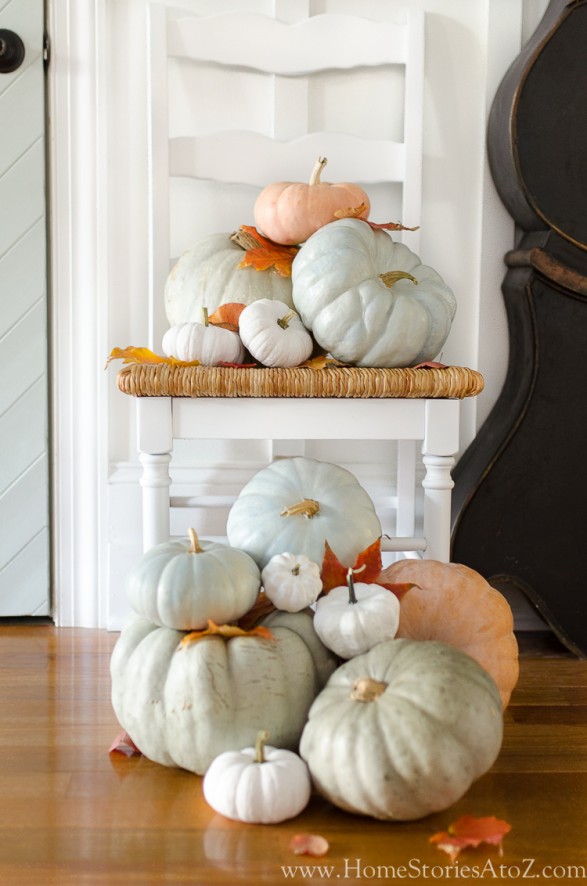
Over the course of my adult life, I have spray painted just about everything and anything that could possibly be spray painted. An upholstered chair, Christmas ornaments, nightstands, tons of home accessories, appliances, napkins, table runners, plastics, mirrors, metals, fruits, pumpkins, sticks, pinecones—no surface has been off limits! As much as I love the instant gratification that comes with spray paint, I can’t say that all of my projects have turned out flawlessly. In fact, some of them have actually turned out pretty terrible! Through my mistakes, I’ve learned the necessary steps to follow in order to achieve a flawless, dripless, perfect spray painted finish on furniture. But I’ll warn you that it’s more time consuming and more expensive than just grabbing a can of paint plus primer and having at it. Here’s what you need to know!
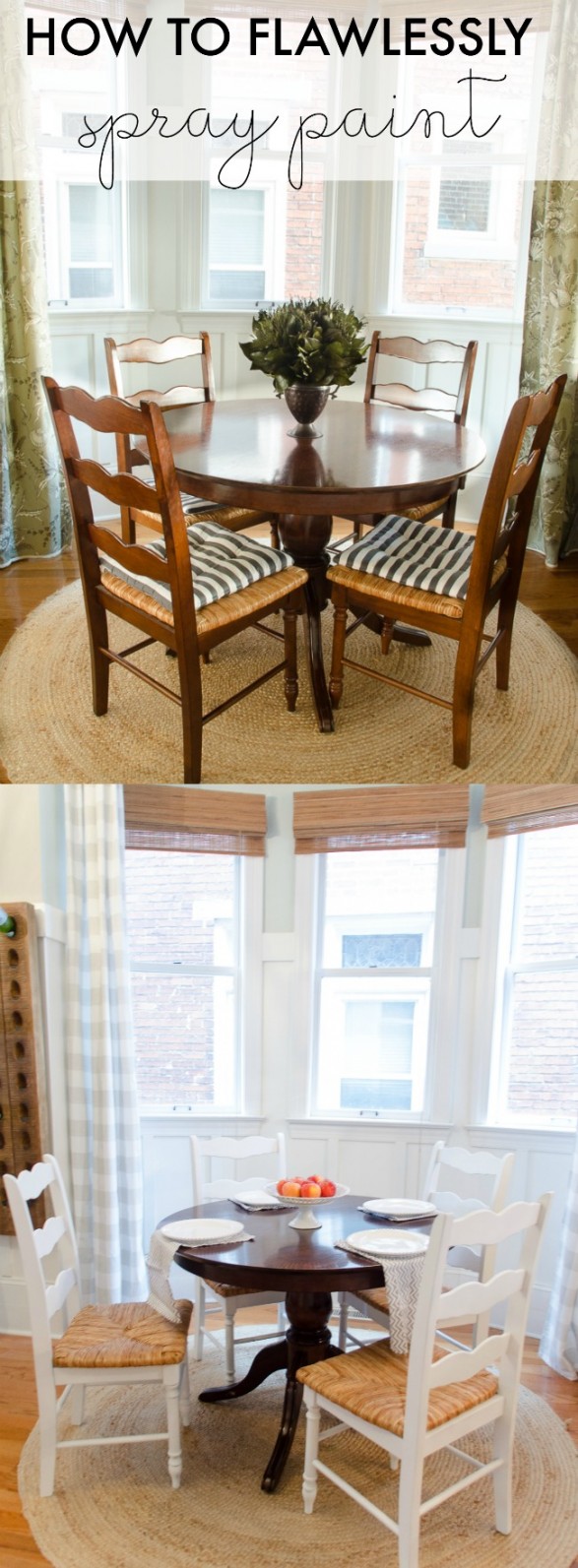
Supplies Needed for a Flawless Spray Paint Finish:
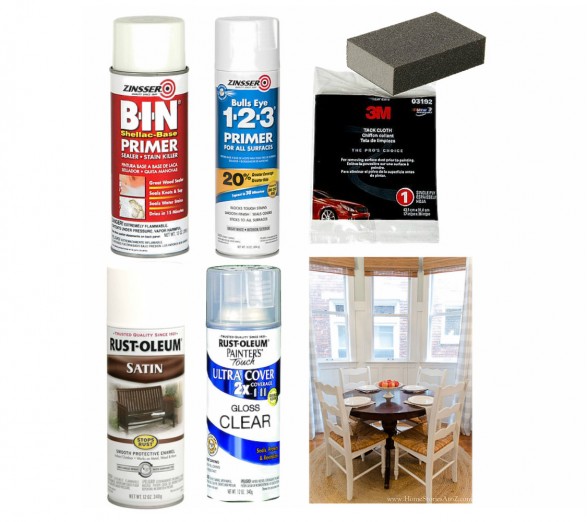
*Price of materials for four chairs was around $55. Items below are affiliate linked to Amazon for your convenience. Some of the items are at a great price on Amazon and some of them can be found cheaper at the hardware store.
- Zinsser BIN Shellac-Base Primer (I used 2 cans between four chairs.)
- Zinnser BullsEye 1-2-3 Primer (I used 4 cans for four chairs.)
- Fine grit sanding sponge and tack cloth
- Rustoleum White Spray paint in Satin
- Rustoleum Clear Enamel in Satin (The picture above says gloss, but I used a Satin finish.)
- Respirator (No need to poison yourself. Wear a mask while spray painting and protect your lungs!)
Step 1: Remove the seat covers, hardware, drawers, etc. if necessary and clean your furniture with a solution of TSP, or with a mixture of water and vinegar. Wipe it down with a lint-free cloth and make sure it is free of any debris. I like to use cheesecloth for this purpose. If your furniture has knicks and dings, now is the time to patch and repair them and sand any blemishes smooth.
Step 2: If your furniture is a dark finish, save yourself a ton of trouble, and use Zinsser BIN Shellac-Base Primer. The shellac will seal your piece and prevent any bleed through from happening. Trust me on this one. You do NOT want to have to deal with bleed through. I used two cans of the Zinnser Shellac between the four chairs and gave them each a light dusting of the paint. The Zinnser Shellac costs about twice as much as other primers, so I wanted to use just enough to do the job. When I was done with this primer, the chairs did not look good or fully white which is okay.
Tip: When spray painting, your tendency will be to spray back and forth like you’re coating a pan with Pam. This is NOT going to give you the finish you want. You need to build up a base coat by spraying LIGHTLY across and then stopping and waiting for the light coat to dry. It’s much more tedious but it works!”
Step 3: Using the same light coat, spray-then-stop technique, prime your chairs with Zinnser BullsEye 1-2-3 Primer. Allow each coat to fully dry before applying another coat. I waited at least 30 minutes between coats.
Tip: Be sure to flip your furniture upside down. You will be surprised to see all of the areas you missed when priming.”
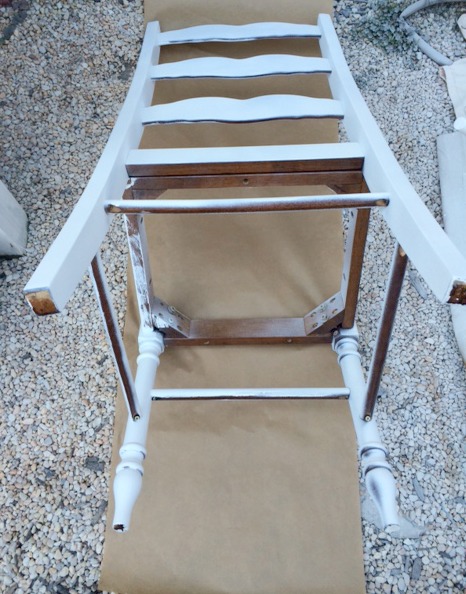
Step 4: Sand your furniture with a fine grit sanding sponge and wipe clean with a tack cloth. A tack cloth is a sticky cloth that will remove all of the dust from your furniture. Feel your furniture for any rough patches and sand them smooth. If too much of the primer is removed when sanding, then you may need to prime that section again. But it’s worth it! When your furniture is primed, it should look fully painted and lovely. A thoroughly primed and lightly sanded piece always gives me WAY better results than the paint and primer in one ever has.
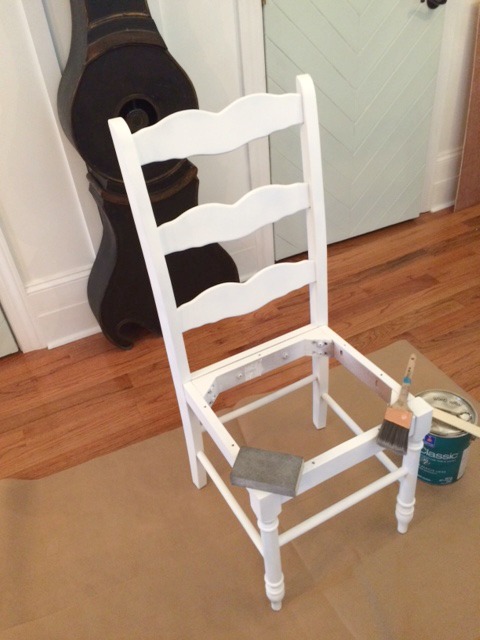
Step 5: Spray your furniture with your choice of spray paint. Using a paint and primer in one isn’t necessary since you have already thoroughly primed your piece. It’s not going to hurt your piece to use one but just know that it’s not vital.
Tip: Be sure to shake each can of spray paint for a full minute before using. Also shake the can periodically as you go to ensure an even coverage.”
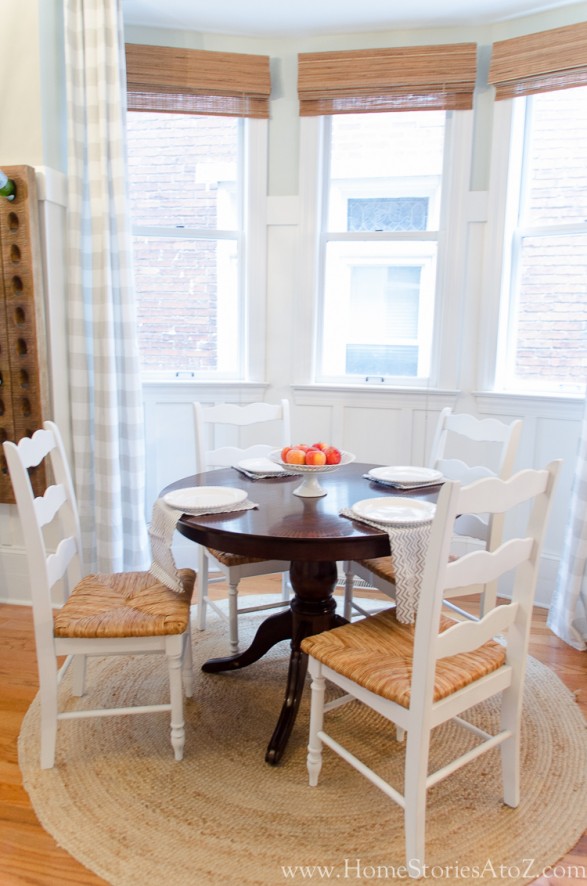
Other Helpful Spray Painting Tips:
1. Should I use a spray can attachment tool?
I usually find that I have better results when I use one. Sometimes the can will begin to weirdly drip with the gun attachment. In which case, I remove it! But yes, I recommend having one on hand. They are inexpensive, can be used repeatedly, will save your hand from cramping, and typically give a more even spray.
2. My paint has cracked and looks all crackley. Why did this happen?
There are a few reasons spray paint crackles or bubbles. I’ve had it happen when the air outside is too cold, too humid, the piece of furniture is too cold (it was sitting in a garage or basement), or there is debris on the furniture that I missed in cleaning. If this happens, wait until your piece is fully dry and sand the offensive spot smooth and try again. I like to spray paint when it’s between 70• to 85•F with relatively low humidity. I’ve spray painted in temps much hotter and much cooler and it’s always a risk! Also, don’t leave your piece outside overnight to cure. It might look perfect when you leave it and horrible in the morning due to the low temps.
3. Do I really have to sand between coats?
It depends on how badly you just want your project done and how badly you want it to look perfect. In my experience, a bad surface doesn’t improve with more paint. If the surface came out great after priming, and you can run your hand over it and it feels smooth, there is no need to sand between coats.
4. I always have drips when I spray paint. Why?
If you are not doing light coats and waiting for them to dry in between (tedious I know!), then you will risk getting some drips. Also, some spray paint is just drippier than others. I love the colors Krylon offers, but I avoid their spray paint because I find it to be much thinner and more difficult to work with than Rustoleum. If you have a bad drip, take your cheese cloth and lightly remove it. You will need to allow the piece to dry, sand the area, prime, and spray again. If you leave the drip and hope for the best, it will be visible even after spraying it again. I’ve tried to spray away drips and unfortunately haven’t had success. 🙂
5. Is it really necessary to use a poly finish after you spray paint?
No. It’s not imperative. However, with pieces that will be getting a lot of everyday use and wear and tear, I highly recommend taking this extra step to protect the finish of your piece.
6. My piece was perfect, but I just chipped it trying to get it back into the house. What do I do?
Depending on how bad the blemish is you might be able to get away with spraying some spray paint onto a paper plate and brushing it on with a small inexpensive paint brush. Spray paint is oil-based so you will not be able to wash it out of your brush with soap and water.
7. Why not just use chalk paint or latex paint instead of spray paint?
For small pieces of furniture with lots of small surfaces and edges, I love the ease of spray paint. I have difficulty avoiding drips on chairs when I hand paint them. For tables, armoires, and buffets, I recommend hand-painting or using a paint sprayer. Spray paint also does not have the same excess spray that I have with paint sprayers. We have a teeny-tiny yard in the city and I don’t have a spray tent. I’m able to contain my spray paint without it ending up on the fence. I can’t say the same for when I used my paint sprayer! 😳
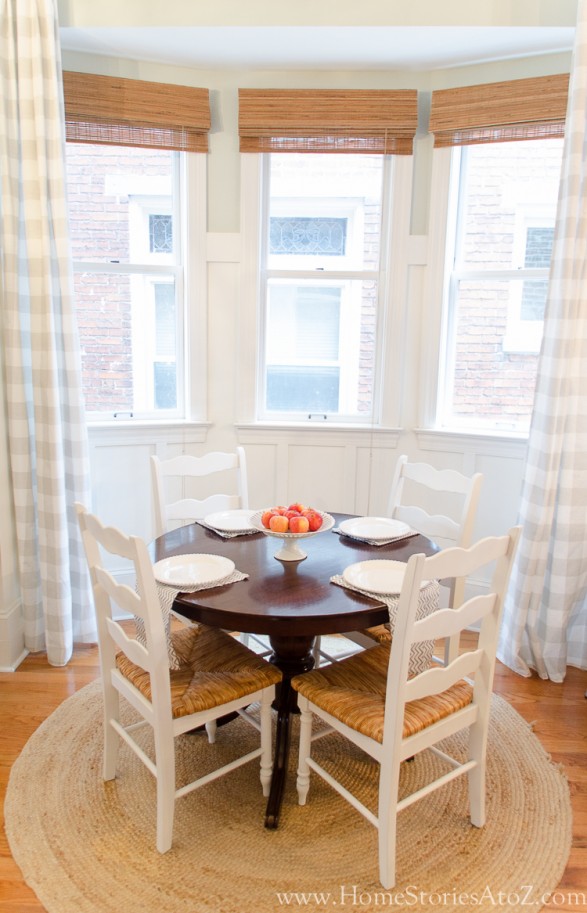
If you are looking for more painting tips, be sure to check out my related posts below!
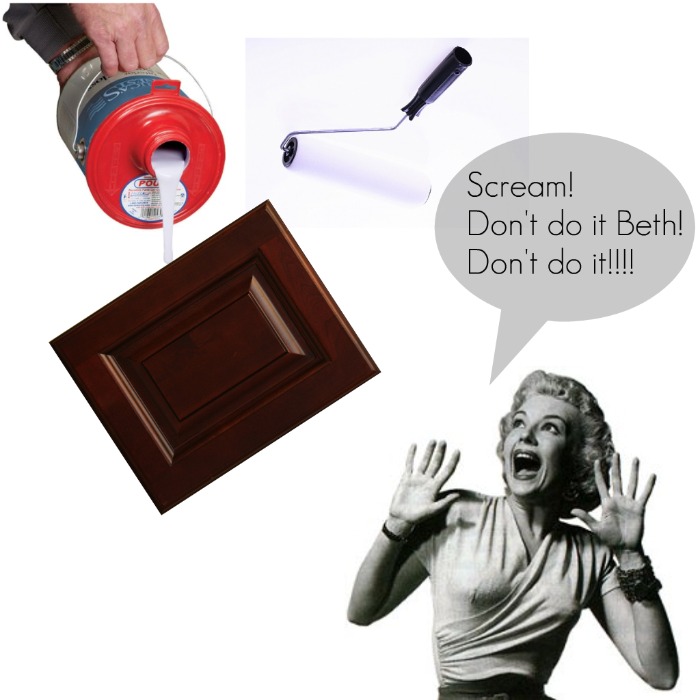
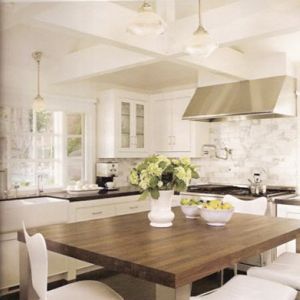
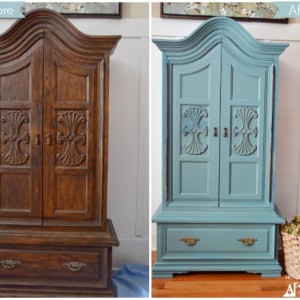
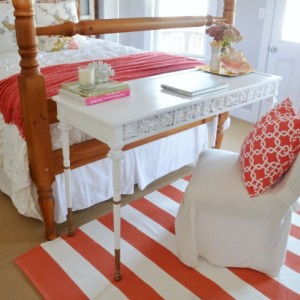
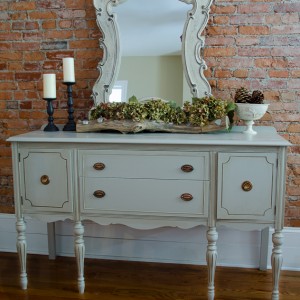
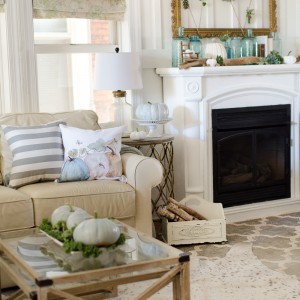
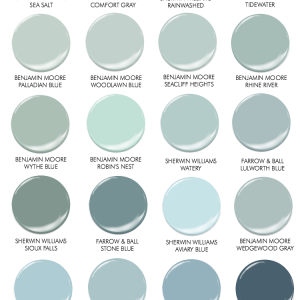
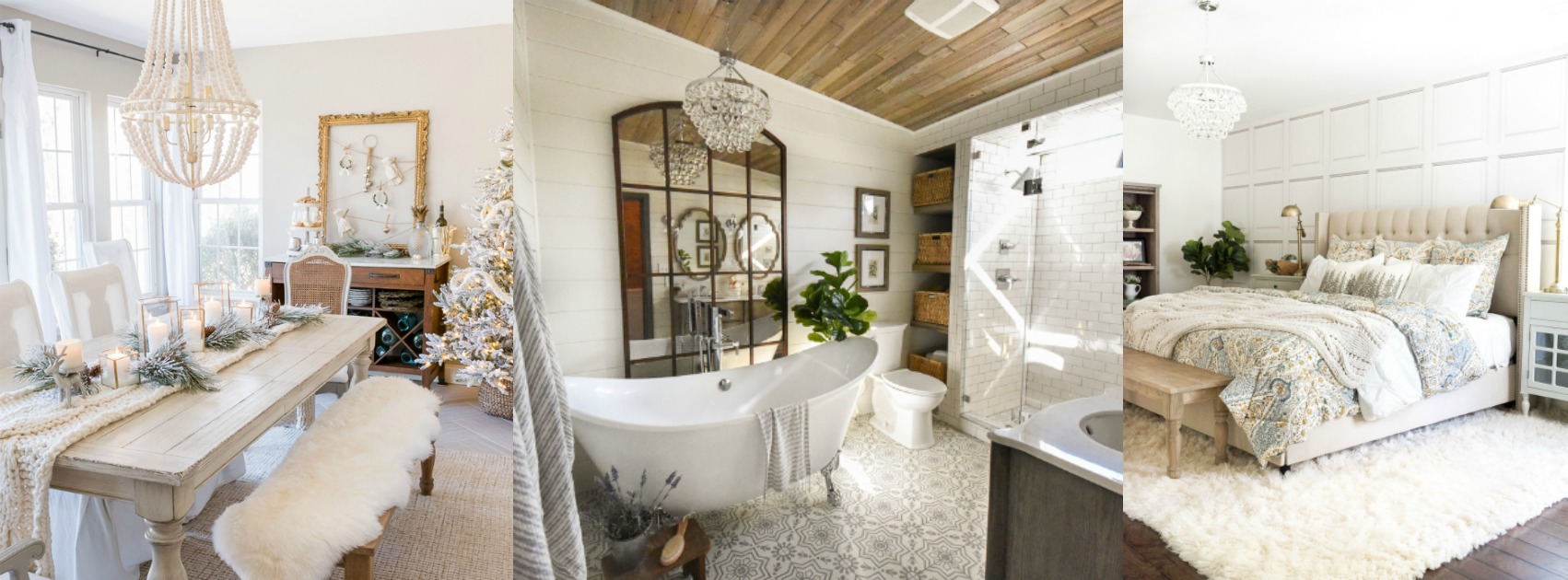
I will be painting my chairs black, and they are currently a medium brown. Do I still need to use both the shellac and the regular primer?
Hi Karen,
I use the red can of Zinnser Bin which is a shellac based primer, but you can most likely get away with using a normal primer.
I learned the hard way not to wear my favorite tall black boots when spray painting a bookshelf turquoise on a windy day. My boots now look like they have a bit of turquoise sparkle to them. Thankfully, it’s no longer boot season
Coming over from instagram….thank you for sharing these tips. I can’t wait to try this on my dining room chairs. I hope they turn out as pretty as your did!
Hi Paula! Let me know how they turn out for you. 🙂
Great post! I definitely need to try these tips and I’m pinning so I actually remember to try them!
Thanks for visiting me love! Spray painting seems like it should be the simplest thing on the planet but getting it perfect is tricky. Thanks for the pin!
Thank you for sharing helpful tips. I plan on spray painting a nightstand and to be honest i was not going to use primer. You changed my mind!
I’m so glad you found the post helpful! And yes, it’s a pain but I’m always happier with the end result when I take the time to prime!